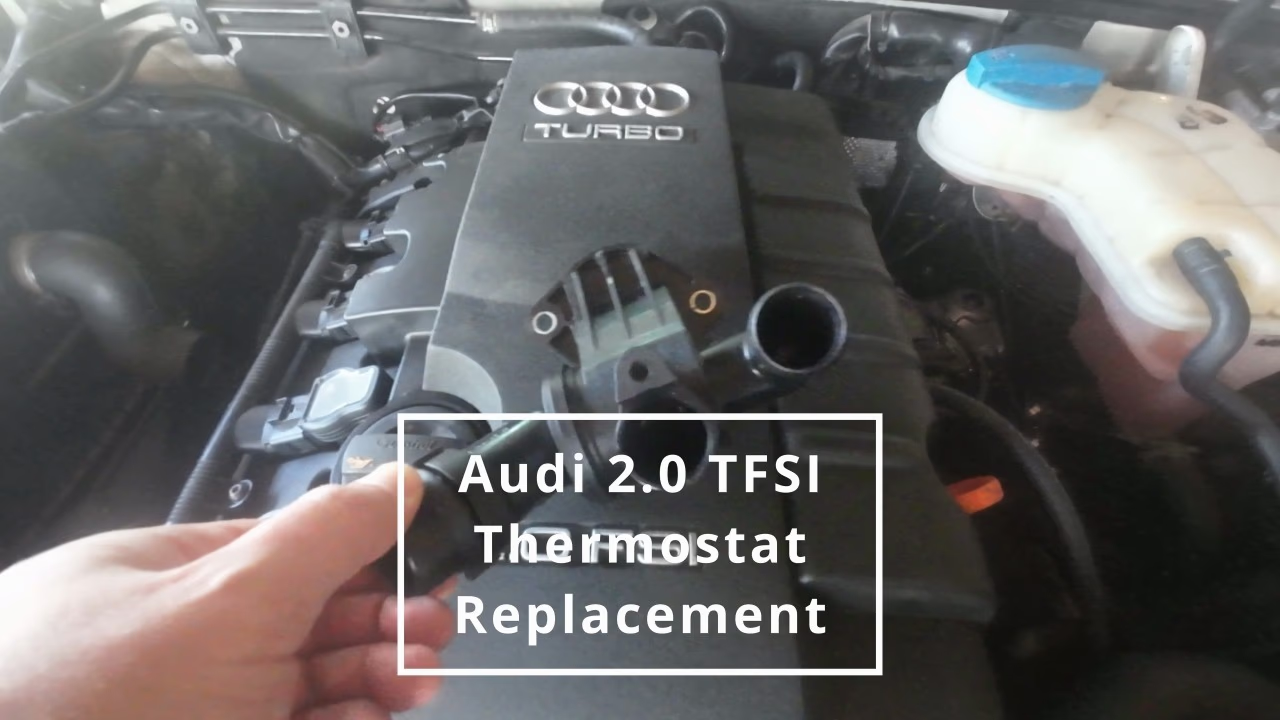Service
Audi 2.0 TFSI Thermostat Replacement Guide
Audi 2.0 TFSI Thermostat Replacement
Symptoms of a Faulty Thermostat in a Car Engine
A damaged thermostat can significantly impact engine performance. Below are the key signs of a malfunctioning thermostat:
- Engine Overheating or Underheating: If the thermostat gets stuck in the closed position, coolant won’t circulate through the radiator, causing the engine to overheat. If stuck open, the engine can’t reach its optimal operating temperature, resulting in underheating.
- Poor Cabin Heating: An underheated engine delivers weak or no heat to the cabin, leading to ineffective car heater performance.
- Increased Fuel Consumption: An engine that doesn’t warm up properly runs less efficiently and burns more fuel.
- Fluctuating Temperature Gauge: A faulty thermostat may cause rapid fluctuations in the coolant temperature gauge - that was my case.
- Coolant Leaks: A damaged thermostat may cause coolant leakage due to pressure imbalances.
- Hard Engine Start: Low engine temperature can make it difficult to start the engine, especially in cold conditions.
- Rough Engine Operation: Inconsistent engine temperatures can lead to uneven engine performance or misfiring.
Engine Stalling While Driving: A cold engine may even stall while driving, especially if it fails to maintain the required temperature.
💡 Why Replace a Faulty Thermostat?
- Prevents engine overheating
- Improves fuel efficiency
- Maintains optimal engine performance
If your engine is running too hot or cold, a faulty thermostat could be the culprit. Replacing it ensures proper coolant flow and keeps your TFSI engine running as it should.
🧰 Stay ahead with preventative maintenance—thermostats are a small part with a big impact.
🔧 DIY-friendly and cost-effective—subscribe now for more Audi maintenance tips and car repair guides!
